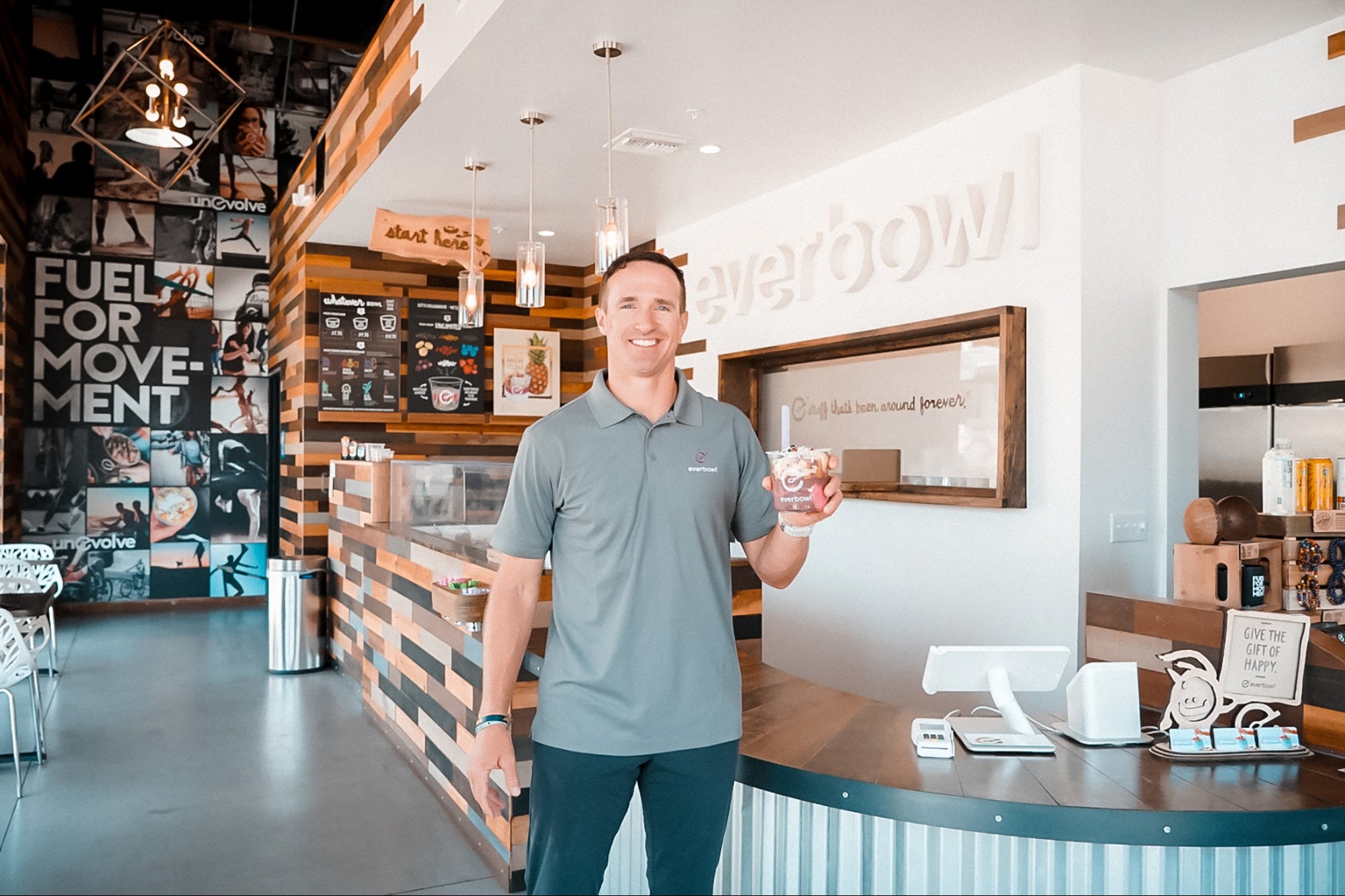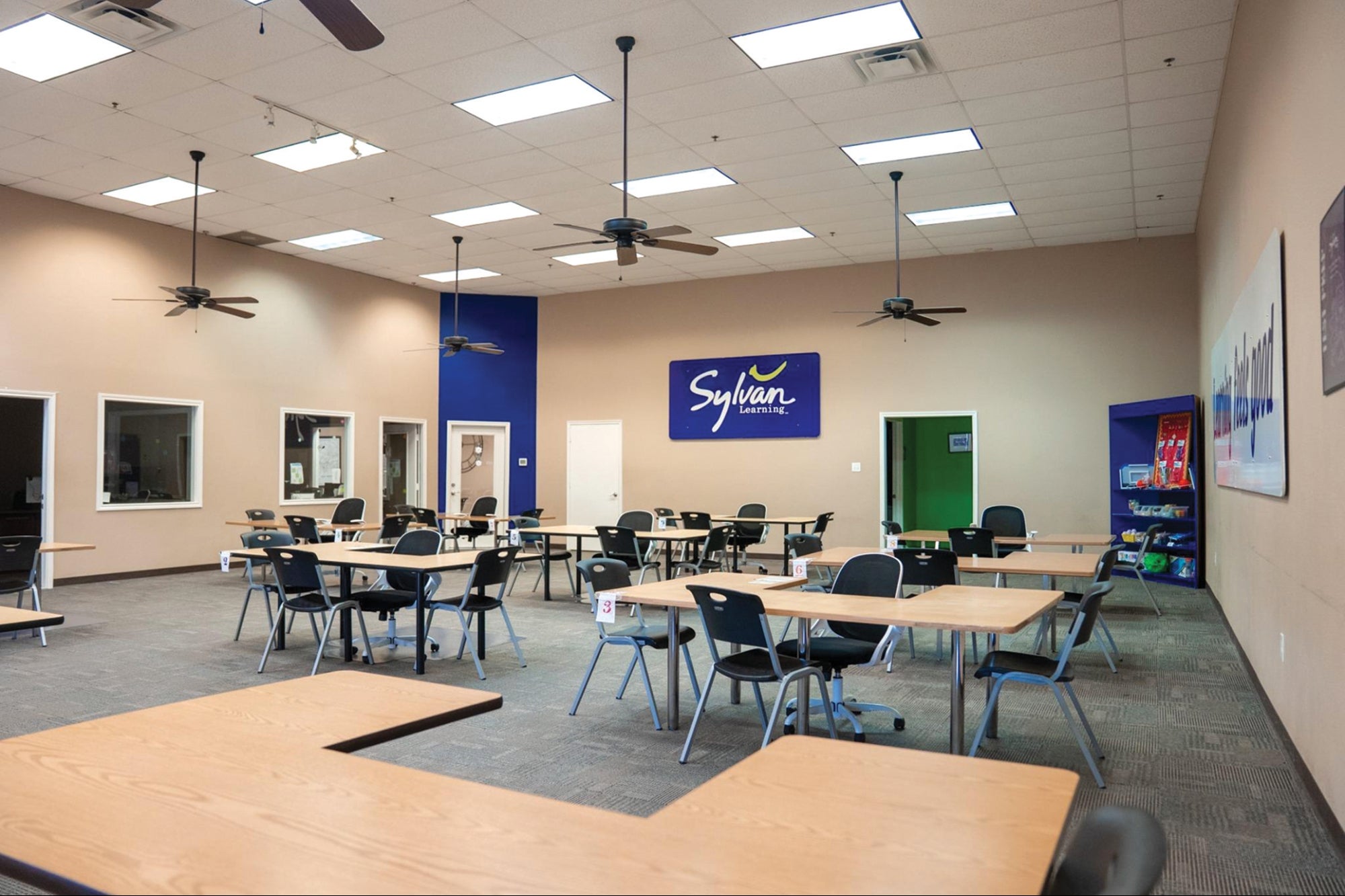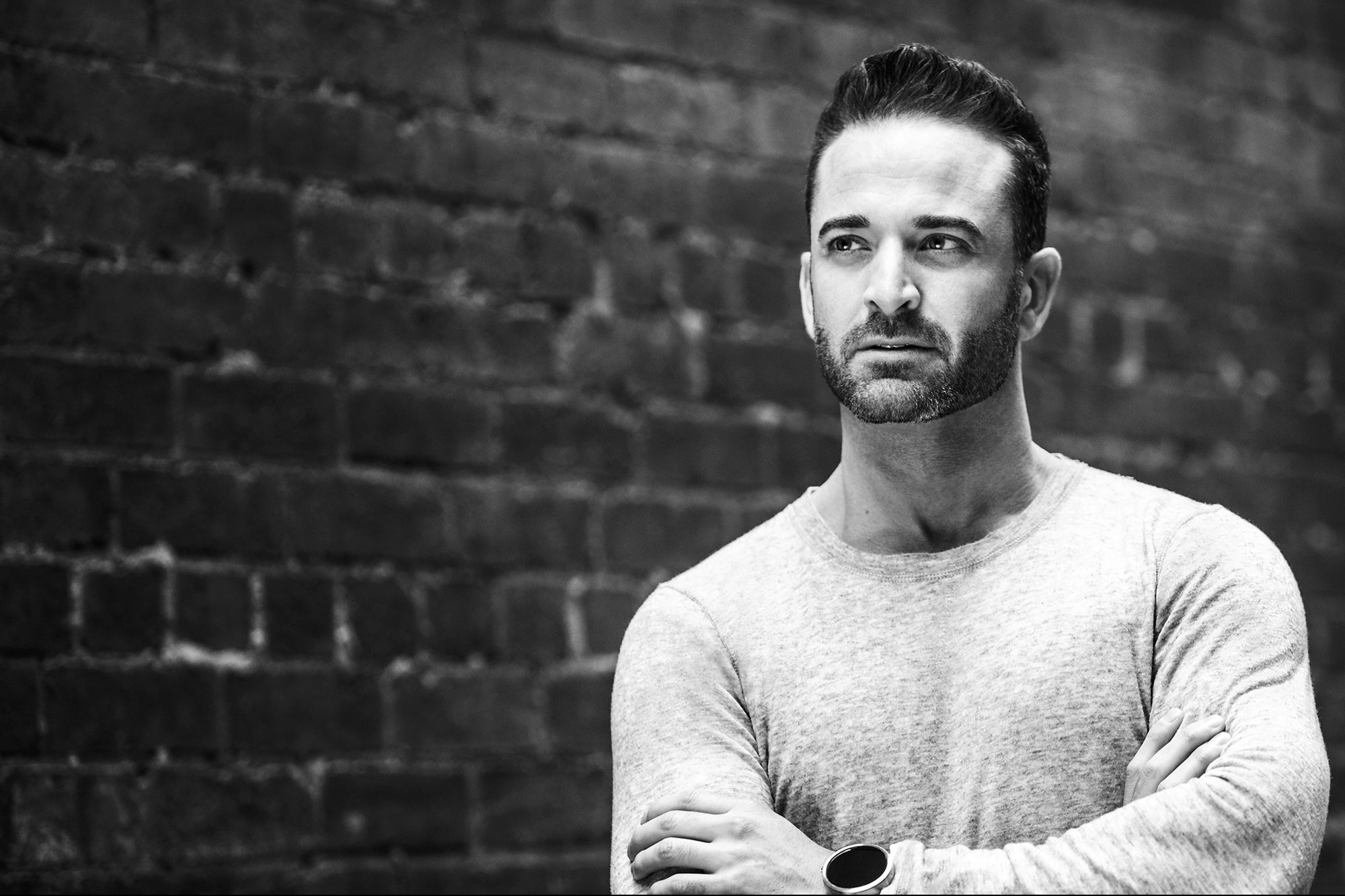We Are in a Mental Health Crisis — Here's How Leaders Can Create High Performance Workplaces Marketing leaders should prioritize mental health by restructuring workflows, thoughtfully using technology and fostering a supportive culture to achieve sustainable success and innovation.
By Jason Greenwood Edited by Micah Zimmerman
Key Takeaways
- Reshaping workflows and prioritizing mental health fuels innovation and sustainable success.
- Thoughtful automation can reduce stress, enhancing productivity without overwhelming teams.
- Cultivating psychological safety and care drives trust, creativity and organizational resilience.
Opinions expressed by BIZ Experiences contributors are their own.
After decades in marketing, I've learned that we're rainmakers in most organizations — and when the rain stops, the heat turns up fast. The profession has always been a pressure cooker, but recently, the stakes have risen to new heights. Technological disruption, evolving expectations and relentless pressures have made marketing a 24/7 profession, deeply impacting mental health.
From quarterly resets to AI's relentless speed, today's marketing environment hits at a deeply human level. Addressing mental health requires more than surface-level solutions — it demands a reimagining of how we work, with well-being positioned as a cornerstone of innovation and sustainable success.
In my experience, thoughtful mental health strategies elevate morale and results. By tackling the structural, technological and cultural drivers of burnout, leaders can create workplaces where well-being and performance thrive and seamlessly reinforce each other.
1. Structural resilience
Addressing burnout requires more than mental health days or mindfulness sessions. Organizations often demand perpetual urgency without the right guardrails.
This realization became all too clear during one pivotal moment that has stayed with me. In the midst of an especially demanding project, my team was juggling overlapping deadlines across continents while managing complex product launches and escalating expectations. The relentless pace led to late-night cycles, early-morning messages and mounting exhaustion, with errors exposing the strain.
It was from that experience that I learned that structural resilience must take priority:
- Managed Workloads: Clear roles and prioritization help teams focus, while ambiguity creates confusion and exhaustion.
- Predictable Cadences: Regular checkpoints, realistic project timelines and blackout periods reduce chaos and last-minute fire drills.
- Prioritized Goals: Not every idea is urgent — prioritizing essentials and labeling other projects exploratory creates space for innovation.
Creating an environment where constant high alert is no longer the norm allows employees to be more proactive, confident and less prone to mental health strain. Once these frameworks are in place, the next challenge is integrating technology in ways that complement human psychology rather than add to its strain.
2. Emotional intelligence automation
Automation is meant to make life easier, but it often creates new pressures. AI-driven platforms crunch data at lightning speed, leaving teams racing to keep up. Real-time analytics chain marketers to dashboards, chasing microtrends.
But technology itself isn't the culprit — it's how it's integrated into workflows. For example, I installed a real-time campaign monitoring system to equip the team with insights. However, a colleague soon confided that the constant stream of updates left her unable to disconnect. This highlighted the need for thoughtful boundaries.
I've often told my team that automation should serve us, not the other way around. Emotional intelligence automation focuses on using technology to reduce stress, not amplify it:
- Customized Alerts: Set thresholds for significant changes rather than pinging teams for every minor fluctuation.
- Insightful Dashboards: Highlight only the metrics that matter most instead of bombarding teams with endless KPIs.
- Human Override: Blend machine efficiency with human checkpoints to prevent the overwhelming stress I call "automation panic"—a state where constant alerts and data streams leave teams feeling perpetually on edge—and build confidence in processes.
Boundaries around technology boost morale and empower innovation. By addressing these stressors, we can shift our focus to building a culture where tools enhance rather than hinder productivity.
Related: The Benefits of Automation for Digital Marketing
3. Cultural sustainability
Structural changes and smarter tech usage form part of the solution, but culture ties everything together. Marketing excellence happens where performance goals and human well-being intersect.
When I stepped into a leadership role with a team that was deeply struggling, I quickly noticed signs of burnout — low morale, unclear priorities and constant pressures. The team faced tight deadlines and frequent changes, with communication breakdowns worsening the strain. During a campaign, one team member spoke up about the toll these challenges were taking.
This moment marked a significant shift in my leadership approach. I began prioritizing clearer expectations, narrowing the focus to what truly mattered and cultivating an environment of psychological safety, which allowed my team to thrive despite the challenges. Focusing on incremental wins and rebuilding trust helped us regain momentum and build a resilient, collaborative team.
Through this, I learned that leaders in high-performing marketing cultures:
- Invite Honest Feedback: Create spaces where team members feel safe, challenging timelines or resource constraints.
- Reward Measured Risk: Recognize bold initiatives and allow failures as learning opportunities to foster psychological safety.
- Champion Mental Health: Integrate discussions of stress into team-building exercises and group reflections, fostering a culture of shared purpose and mutual accountability.
Psychological safety is more than a trendy term — it's the bedrock of trust and collaboration. A culture rooted in genuine care allows people to bring their authentic selves to work, strengthening retention and creativity. This shift fuels ingenuity and cultivates an environment where innovation flourishes. With this foundation in place, leaders can move beyond cultural alignment to focus on embedding mental health into broader strategies.
Related: Psychological Safety Is Crucial to Your Team's Success — Here are 4 Ways to Create It
A new paradigm for leadership
Traditional approaches that sideline mental health miss their essential role in driving revenue, brand reputation and customer loyalty. To excel in 2025 and beyond, we must embed mental health into our strategies, viewing it not as an add-on but as a catalyst for sustainable growth.
Reshaping workflows to respect individual limits, leveraging automation to reduce cognitive strain and fostering a culture where well-being and performance reinforce each other are no longer optional — they are strategic imperatives. The vitality of our teams and the success of our organizations are deeply intertwined.
The marketing industry stands at a pivotal crossroads. Leaders have the tools to build workplaces where mental health and performance coexist, but tools alone won't create change. We must lead with intention, prioritizing humanity over hustle and creating environments where innovation thrives sustainably. Campaigns remain exhilarating when teams are supported to handle challenges sustainably.
Ultimately, balancing ambitious goals with genuine care isn't merely a leadership challenge — it's the foundation of lasting resilience, creativity and success. The question is: Are we ready to lead in ways that transform business outcomes and the lives of those who make them possible?











